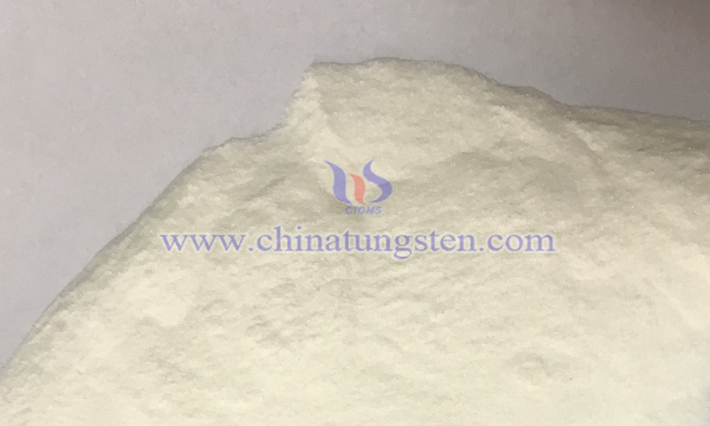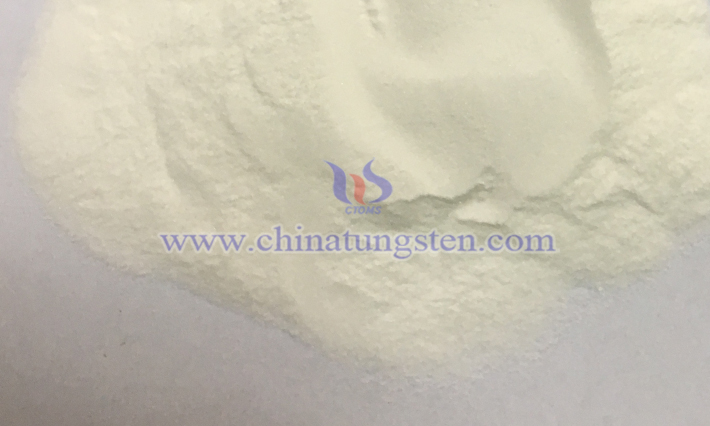What Is the Density of Ammonium Metatungstate?
- Details
- Category: Tungsten Information
- Published on Wednesday, 28 May 2025 15:52
Ammonium metatungstate (AMT), a typical transition metal compound, appears as a white crystalline powder or slightly yellowish powder, with the molecular formula H28N6O41W12 and a density of 2.3-2.8 g/cm³. It has a wide range of applications. In the field of catalysis, AMT excels as a catalyst and support for reactions like hydrogenation and dehydrogenation in petrochemical processes. In functional materials, it is used to prepare tungsten-based energy storage materials and electrochromic materials. AMT is also utilized in producing ultrafine tungsten powder, tungsten alloys, as well as serving as an analytical reagent and an additive in ceramic materials.

Density, a fundamental property of matter, reflects the mass distribution of AMT per unit volume, commonly denoted by ρ. At a microscopic level, the crystal structure of AMT consists of atoms and ions arranged in a specific pattern. The spacing between these particles and their masses collectively determine AMT’s density. Due to its complex molecular structure—comprising multiple tungsten, oxygen, nitrogen, and hydrogen atoms—AMT has a high molecular weight and a relatively compact crystal structure. This results in a higher mass per unit volume, contributing to its relatively high density.
Methods for measuring AMT’s density include the gas displacement method and the Scott volumeter method. The gas displacement method uses an automated densitometer with helium as the displacement gas. The instrument is first calibrated with a standard material, then a dried sample is placed in the sample chamber. The device calculates the true volume based on pressure changes to determine density, averaging multiple measurements for high precision. The Scott volumeter method involves allowing the powder to flow freely through a funnel into a container of known volume, then weighing the container and powder together to calculate the density.

In practical applications, AMT’s density is of significant importance. For instance, in production processes requiring the preparation of a specific concentration of AMT solution, knowing its density is essential to accurately calculate the required mass by measuring volume. In materials science, when AMT is used as a raw material to produce other tungsten compounds or tungsten-based materials, density is a key parameter. It helps researchers understand the material’s compactness and porosity, optimizing preparation processes and enhancing material performance. Additionally, during storage and transportation of AMT, density aids in determining appropriate packaging and transport methods to ensure safety and efficiency.
- Chinatungsten Online: ammonium-metatungstate.com
- CTIA GROUP LTD: en.ctia.group
- Tungsten News & Price: www.ctia.com.cn
- Molybdenum News & Price: news.molybdenum.com.cn
- Tel.: 86 592 5129696; Email: sales@chinatungsten.com



 sales@chinatungsten.com
sales@chinatungsten.com